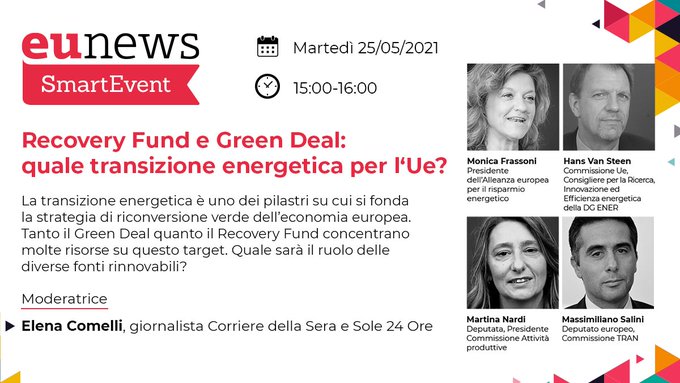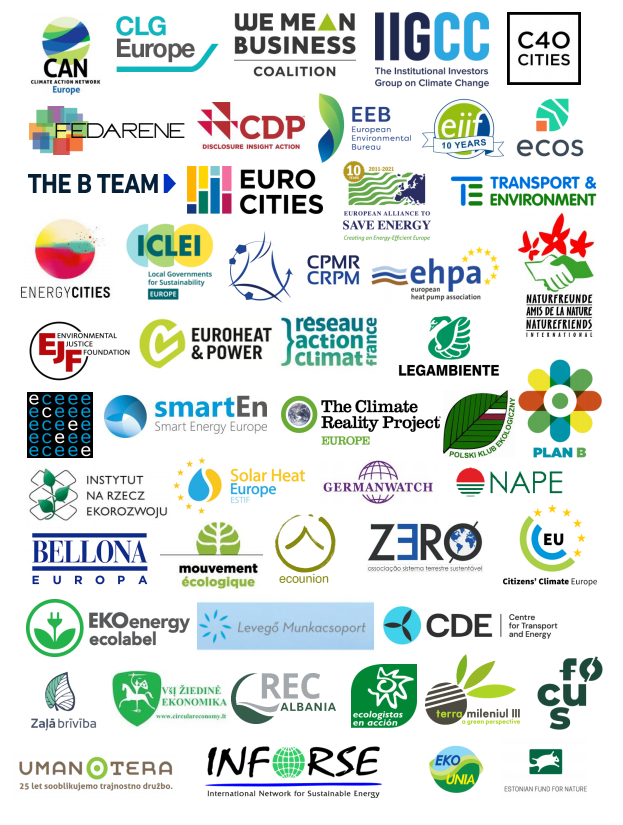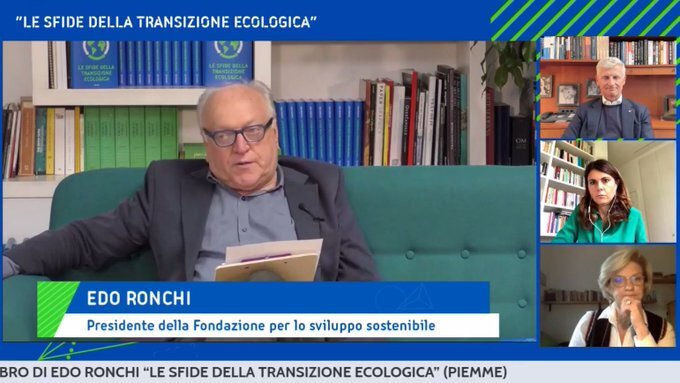EU-ASE at Recovery Fund e Green Deal: quale transizione energetica per l’UE (Italy)

On Tuesday 25 May 2021, the president of the European Alliance to Save Energy Monica Frassoni took part in the webinar “Recovery Fund e Green Deal: quale transizione energetica per la Ue?” organised by Eunews, an Italian media reporting on political affairs of the European Union.
In her intervention, Monica Frassoni mentioned the importance of setting European and national energy and climate targets. She also underlined the key role to attract green investments that will be played by the Taxonomy, the EU classification system for sustainable investments, and the Fit for 55 legislative package that the European Commission is preparing to present on 14 July.
The other speakers were Martina Nardi, Member of the Italian Parliament and President of the Committee on Productive Activities; MEP Massimiliano Salini (EPP), Member of the ITRE Committee of the European Parliament; and Hans Van Steen, Adviser: Research and Innovation and Energy Efficiency, Dg Energy, European Commission.




